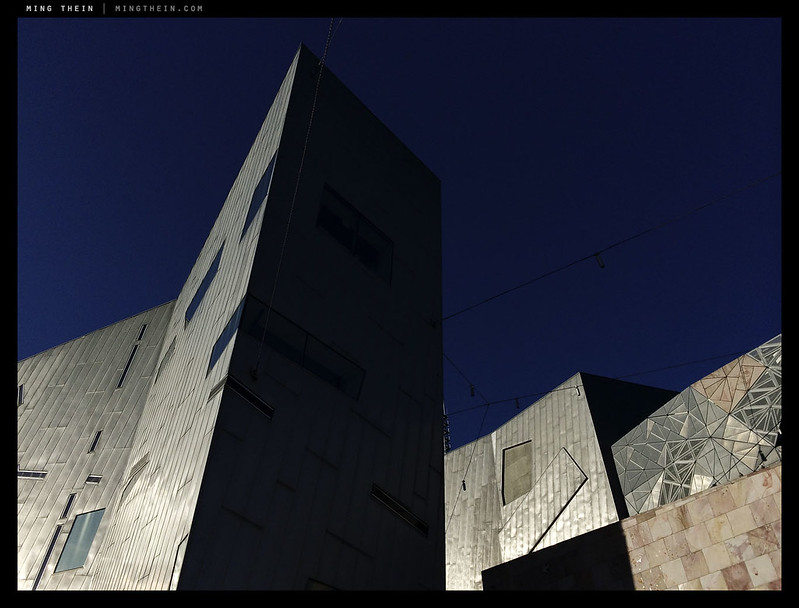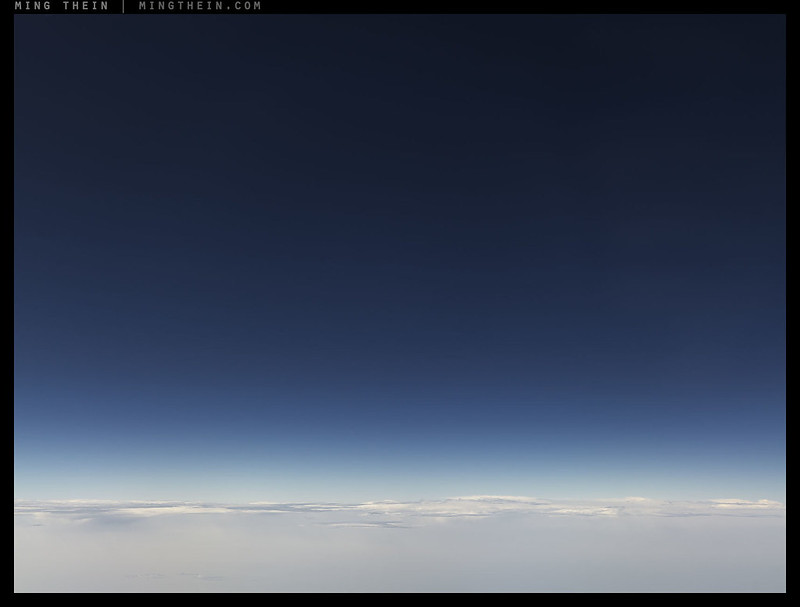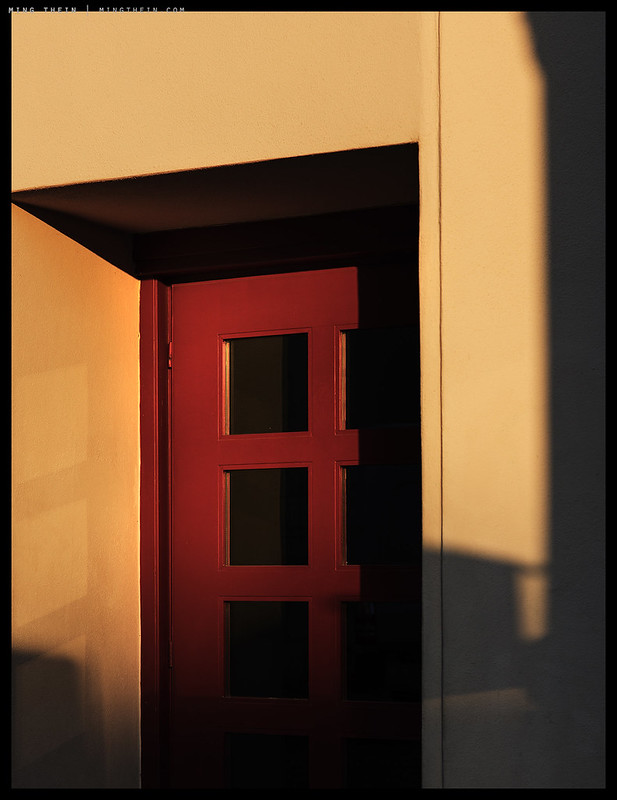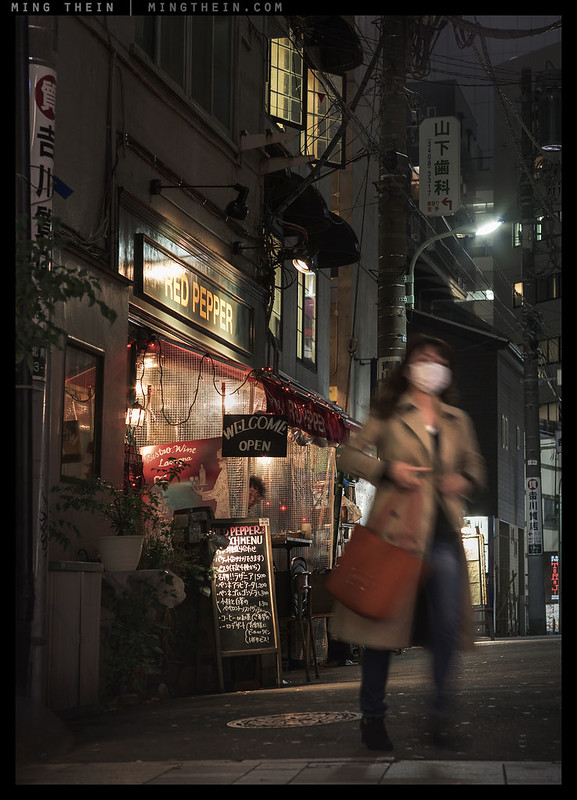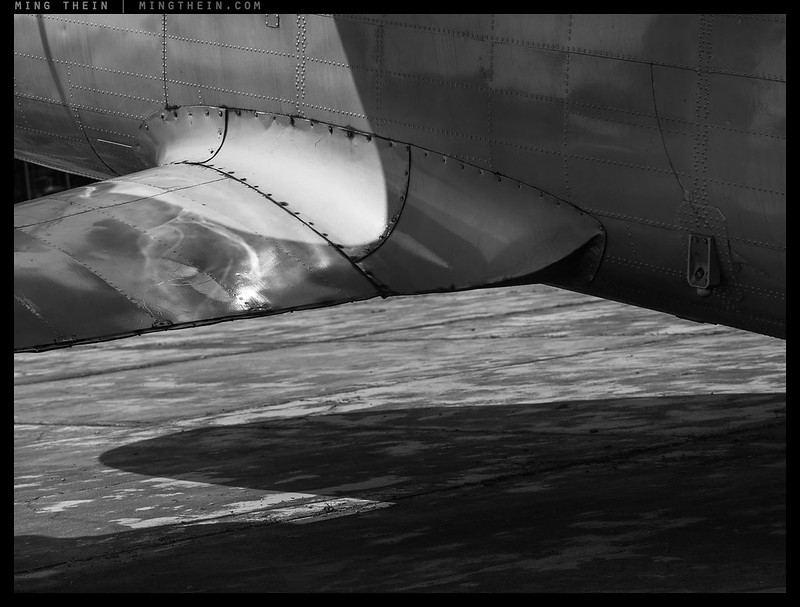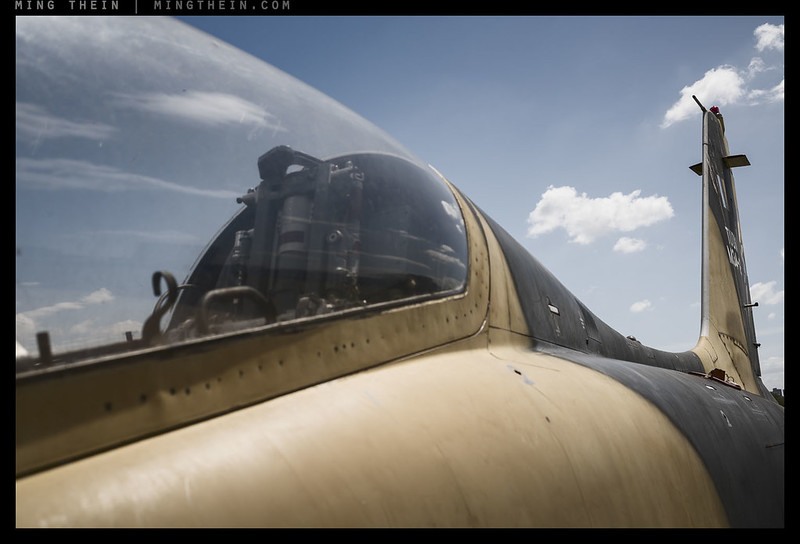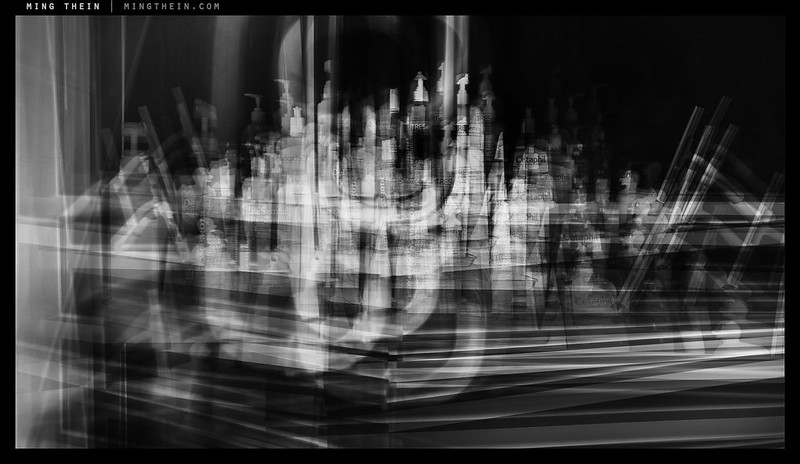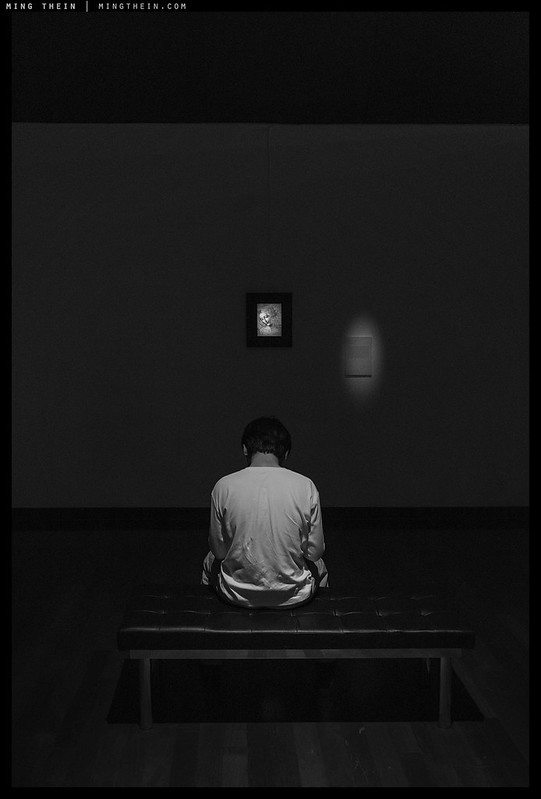
A few months back, the touring Leonardo Da Vinci reproduction exhibition “Opera Omnia” made a stop in Kuala Lumpur. Whilst obviously not the originals, 17 decent reproductions were made on transparent canvas and backlit to simulate the experience of viewing a well-lit painting as closely as possible. I say ‘decent’ because the method was quite clever, but close up some of the the reproductions clearly lacked the print resolution required to really capture the subtlety of the originals – both Da Vinci’s own extremely fine brushstrokes on areas such as hair, but also the ageing and craquelure that’s a large part of the experience. Obviously, the “3D-ness” of real paint were not reproduced, though I suspect with a little less diffusion on the light used for the initial reproduction, some shadows of surface texture might have been captured. Interestingly, even behind barriers, glass, and at a greater distance – the originals somehow feel much more textural than the reproductions. But I digress – this is not so much about the reproduction method as more general commentary on the public and the way art is seen/appreciated/interpreted in general.
